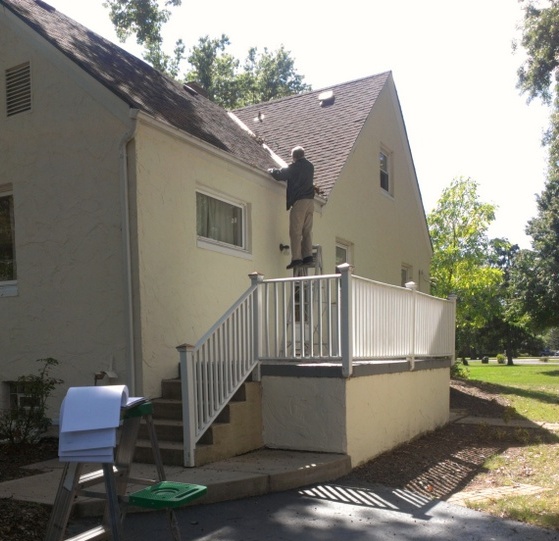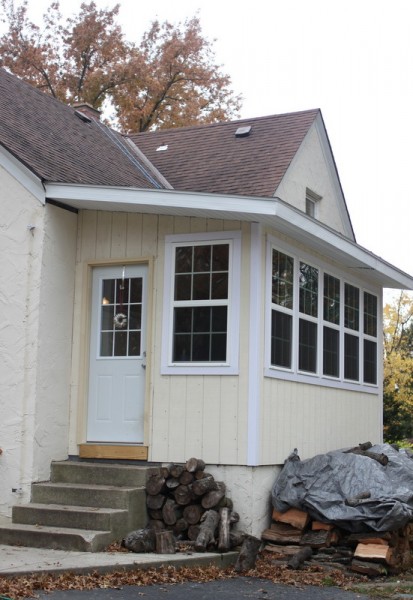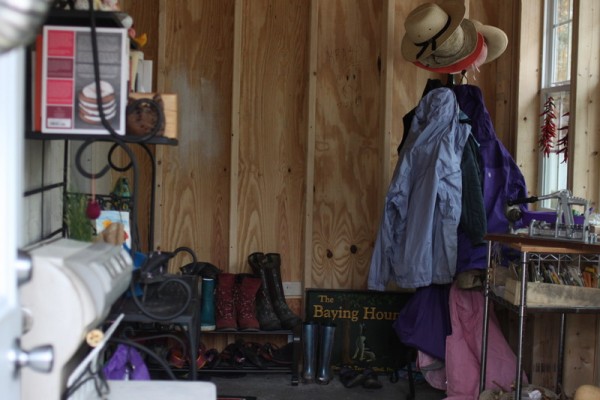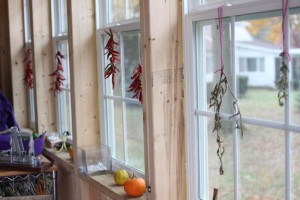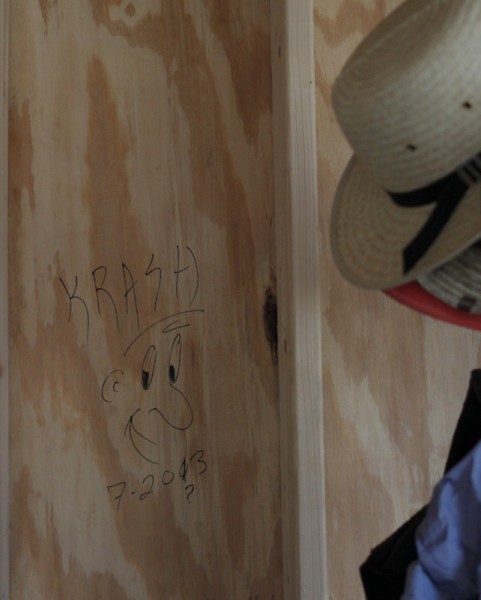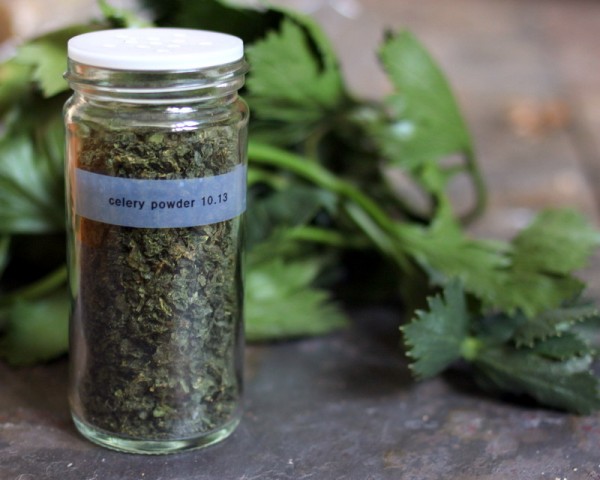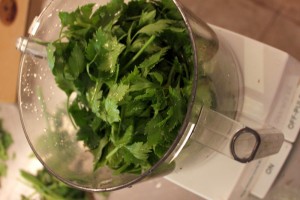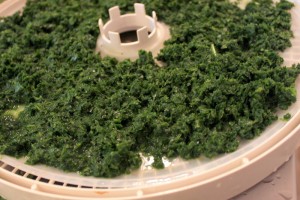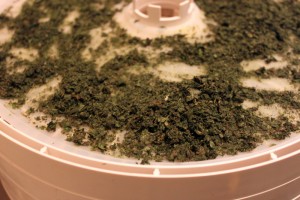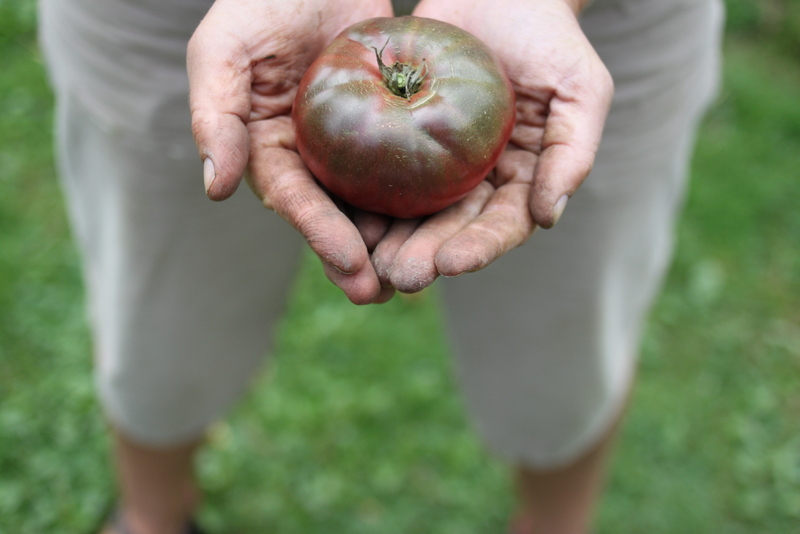Growing up as the oldest of four girls, I remember my mother cooking for nutrition and the efficient use of her time and food budget. We ate well, and mostly from scratch, but meals were not complicated. We rarely ate dessert and when we did, it was almost always homemade.
That's why summertime pool snacks were always a huge treat. Mom would buy sugared cereal especially for this purpose, the only time we ever ate Fruity Pebbles or Lucky Charms or Cinnamon Toast Crunch, my favorite. She'd send us off on our bikes with towels and a box of cereal.
Looking back, I realize what a brilliant coup this was - snacks from the snack bar used cash she didn't want us carrying around and weren't filling. Cereal was undoubtedly cheaper, a little more nutritionally balanced, and still satisfied our desire for a treat.
Fast forward to my birthday this fall. The idea was to have ice cream sundaes for dessert and my mom asked my sister Heather, a pastry chef, to make a nutty topping. She tossed together these simple baked almonds. The sugary, crisp nuts made me start snacking like I was back at the pool with my hands in a box of Cinnamon Toast Crunch.
Beyond an awesome part of a sundae, Cinnamon Almond Crunch makes a lovely gluten-free bit of crunch on top of a pudding, fool, or crisp. Add a pile to a fruit and cheese appetizer. I like eating them right out of the jar.
Cinnamon Almond Crunch Makes: 1 quart Time: 1 hour
1 egg white
8 ounces blanched, slivered almonds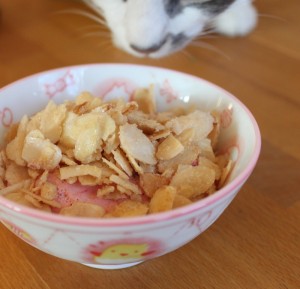 1/3 cup sugar
1/8 teaspoon salt
1/2 teaspoon ground cinnamon
1/3 cup sugar
1/8 teaspoon salt
1/2 teaspoon ground cinnamon
1. Whip egg white in a large bowl just until fluffy. 2. Fold in almonds until they are evenly coated. 3. Stir in sugar, salt, and cinnamon until almonds are well coated. 4. Spread in an even layer on a parchment- or silpat-lined cookie sheet. 5. Bake at 250 degrees F for 30-45 minutes or until almonds are slightly browned and the sugar is crisp. 6. Cool at room temperature. Store in an air-tight container for up to two weeks. Keep away from curious cats.

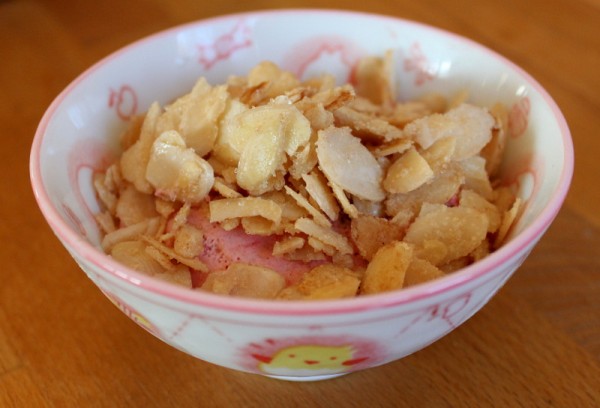

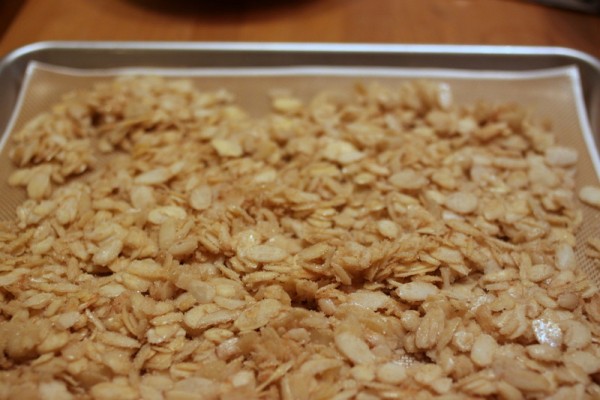
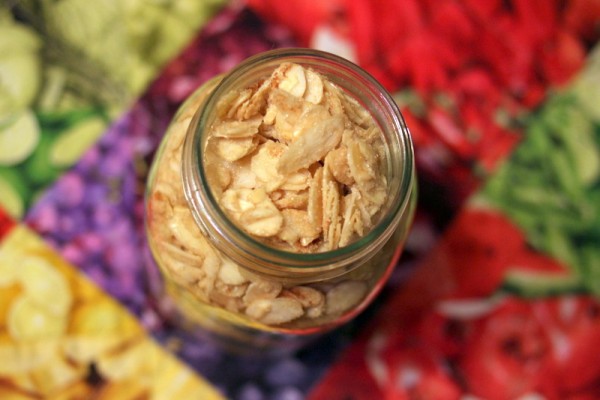
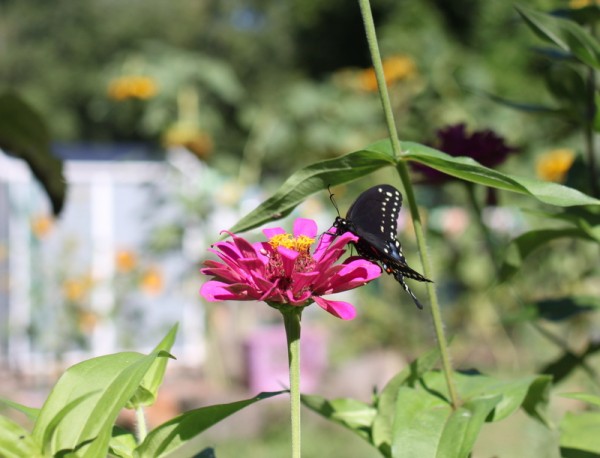
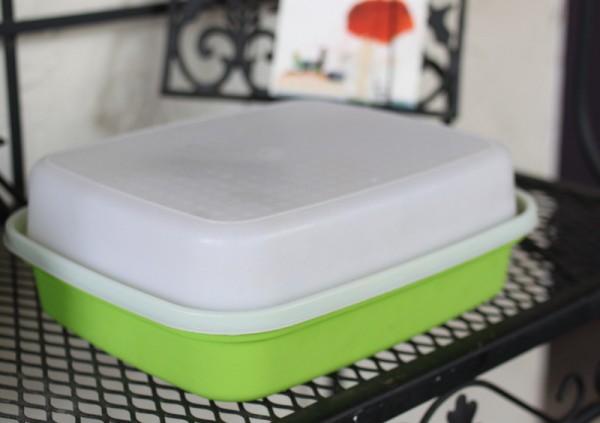
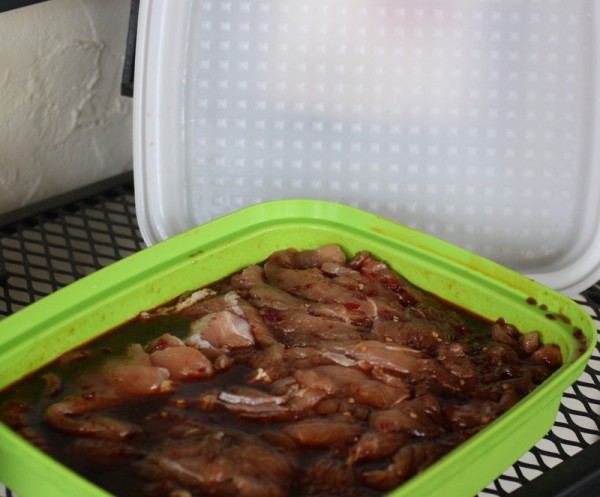
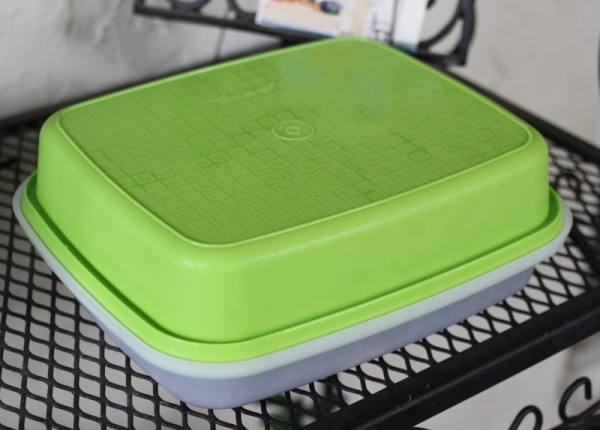

 from the library.
Diffley writes her memoir of growing into a farmer and becoming an accidental activist with the gifts of a fine story teller. Throughout her dramatic tale of finding and losing a farm and then fighting to save another, she shares personal moments of grief, joy, and insatiable desire to grow food organically. She portrays farming realistically, describing the challenges of physical labor and difficult weather while constantly reminding the reader of the same appreciation for nature I feel when working in the garden. "Every time I am in the field or the garden, there is one plant or insect, one leaf or flower, one line or shape that jumps from the rest and catches my senses with the profound beauty of its lovely self," she writes.
from the library.
Diffley writes her memoir of growing into a farmer and becoming an accidental activist with the gifts of a fine story teller. Throughout her dramatic tale of finding and losing a farm and then fighting to save another, she shares personal moments of grief, joy, and insatiable desire to grow food organically. She portrays farming realistically, describing the challenges of physical labor and difficult weather while constantly reminding the reader of the same appreciation for nature I feel when working in the garden. "Every time I am in the field or the garden, there is one plant or insect, one leaf or flower, one line or shape that jumps from the rest and catches my senses with the profound beauty of its lovely self," she writes.